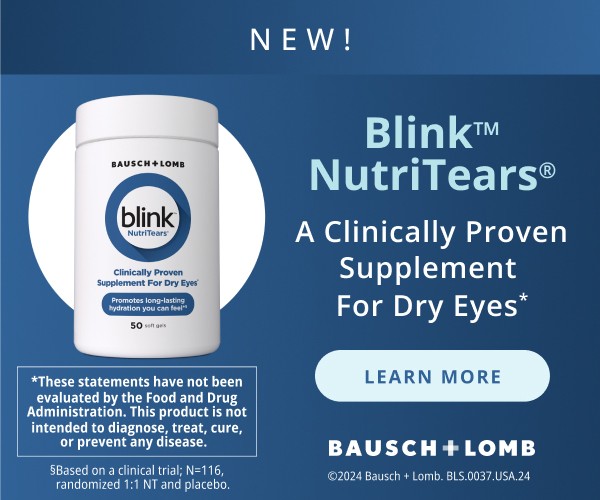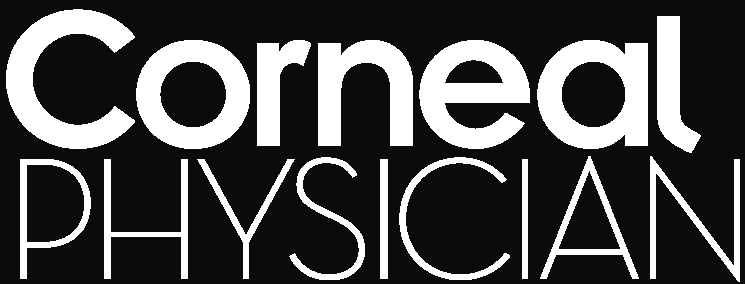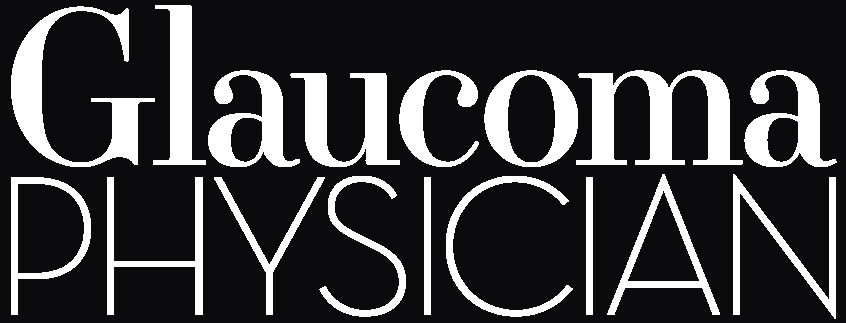| To view this email as a web page, click here. |
|
|||||||
|
|||||||
|
|||||||
Julie Poteet, OD, MS, CNS, FOWNSDry eye disease, more aptly described as tear film dysfunction, is defined by The Dry Eye Workshop (DEWS) II as a multifactorial disorder of the tears and ocular surface. It is associated with symptoms of discomfort, visual disturbance and tear film instability, and is accompanied by increased osmolarity of the tear film and inflammation of the ocular surface.1 Fish oil supplements are not standardized and may differ in quality and content across brands. In a recent study by researchers at George Washington University, 72 of the most popular omega 3 supplement brands were tested for rancidity using the recommended rancidity limits by the Global Organization for EPA and DHA Omega-3s (GOED), a global trade group that represents omega 3 manufacturers.10 The results were shocking. The researchers found that 68% of the flavored and 13% of the unflavored omega 3 supplements exceeded the total oxidation value (TOTOX) upper limit set by GOED. It is worth pointing out that ingesting rancid oils is pro-inflammatory and should be avoided. Practitioner’s Notes:As an eye care provider and nutritionist, I have been “prescribing” (vs. simply recommending) omega 3s for ocular and systemic health for more than 20 years. Science strongly supports the need for omega 3s in our diets for optimal health and wellness, and I will continue to prescribe quality omega 3s that have proven track records for efficacy and safety while also educating my patients. Our patients need to understand why we are asking them to purchase a specific brand vs. whatever is cheapest at the store. By giving patients the “why” behind our recommendations, they are much more likely to be compliant with their treatment plans. |
|||||||
References:1. The definition and classification of dry eye disease: report of the Definition and Classification Subcommittee of the International Dry Eye Workshop (2007). Ocul Surf. 2007 Apr;5(2):75-92. doi:10.1016/s1542-0124(12)70081-2 |
|||||||
|
Julie Poteet, OD, MS, CNS, FOWNS, is an optometrist with 26 years of experience practicing in Acworth, GA. She specializes in pediatric vision care and ocular nutrition, and is a certified nutrition specialist with a masters of science in human nutrition and functional medicine. |
|||||||
|
|||||||
|














